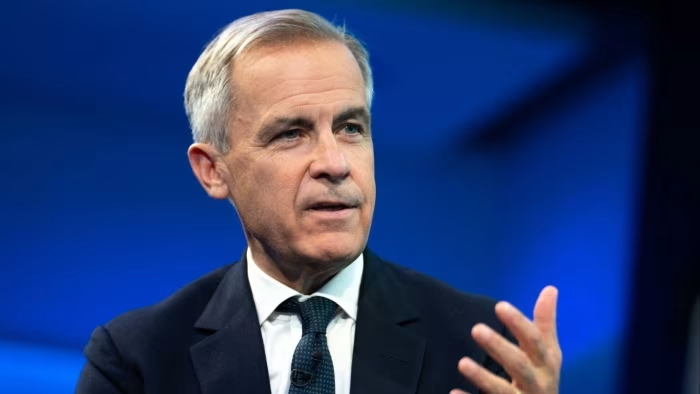Mark Carney’s Liberal Party has won in Canada’s national election, marking a remarkable political comeback driven in part by Donald Trump’s annexation threats and escalating trade tensions.
As polls closed, projections indicated the Liberals were set to claim more of the 343 parliamentary seats than the Conservative Party. Carney successfully fended off a strong challenge from his closest competitor, Conservative leader Pierre Poilievre.
Carney has served as prime minister since March, following a decisive win in the Liberal Party leadership race. He replaced Justin Trudeau, who stepped down after leading Canada since 2015 amid mounting pressure from party members and declining approval ratings.
After assuming leadership, Carney called a snap election to secure a direct mandate from voters. His victory this week confirms that support.
In a triumphant speech delivered in Ottawa, Carney declared: “President Trump is trying to break us so that America can own us – that will never, ever happen.” He added: “We will fight back with everything we have to get the best deal for Canada.”
Who Is Mark Carney?

Mark Carney was born on March 16, 1965, in Fort Smith, Northwest Territories, and raised in Edmonton, Alberta. He holds Canadian, British, and Irish citizenship. Carney is married to British-born Diana Carney, and together they have four daughters.
He earned a bachelor’s degree in economics from Harvard University in 1988, followed by a master’s and doctorate in economics from Oxford University. Like many Canadians, he enjoyed hockey growing up and even played as a backup goaltender for Harvard.
His Life As A Bank Governor

Carney is perhaps best known internationally for his tenure as Governor of the Bank of England from 2013 to 2020. Before that, he served as Governor of the Bank of Canada from 2008 to 2013, helping steer the country through the global financial crisis.
During that time, he introduced emergency lending programs and provided transparent guidance on interest rates, an approach considered bold for central banks at the time. Speculation about his political ambitions was already circulating back then. When asked about it in 2012, Carney quipped: “Why don’t I become a circus clown?”
In 2013, Carney made history as the first non-British Governor of the Bank of England since its founding in 1694, and the first individual to lead two G7 central banks. Then-Chancellor George Osborne hailed him as the “outstanding central bank governor of his generation.”
Earlier in his career, Carney spent 13 years at Goldman Sachs. He was appointed Deputy Governor of the Bank of Canada in 2003, briefly left for a senior role in the Finance Ministry in 2004, and returned in 2008 to become governor.
Entry Into Politics
Despite his extensive financial background, Carney entered politics with no previous experience in elected office or campaigning.
He also never served in Justin Trudeau’s cabinet before taking the helm of the Liberal Party in March. On paper, he was a political newcomer, but his leadership has quickly proven impactful.
Discover more from LN247
Subscribe to get the latest posts sent to your email.


